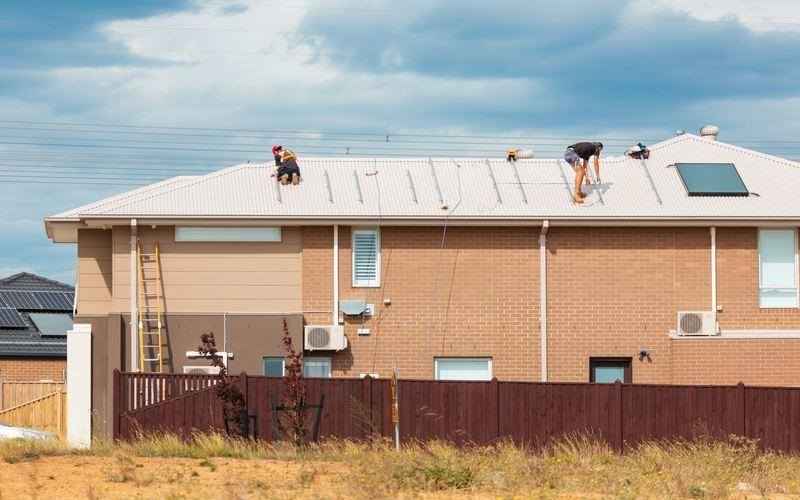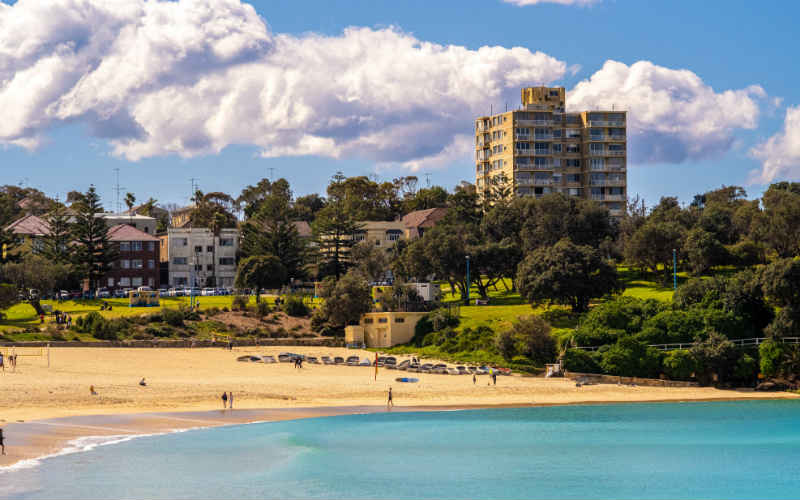According to the Australian Bureau of Statistics’ (ABS) lending to households and businesses data, this seasonally adjusted figure follows a 1.6% decline in May.
Over a 12 month period, the value of household lending has fallen by 13.6%.
ABS Director of Financial Statistics Ben Dorber said these results are consistent with recent house price movements and show a slowing of the decline in new lending commitments.
“In June we saw rises in new lending commitments for both owner-occupier and investor dwellings for the first time in over a year,” he said.
“Investor lending, however, remains well down from its peak and the rise in June was relatively small, up 0.5 per cent.”
Looking further into the data, the total number of commitments for owner-occupied dwellings (excluding refinancing) is up just 0.4% month-to-month but is also down 13.6% year-on-year.
Purchases of newly constructed dwellings are down 8.7% over 12 months, while the purchase of established ones is down 13.7%.
Including refinancing, the number of owner-occupied dwelling approvals is actually down 0.9% from May to June and down 12.4% from June 2018.
According to the ABS’s data, every state recorded a rise in new lending commitments for owner occupier dwellings, while the Northern Territory did not.
New South Wales in particular experienced its first rise since April 2018 (by 2.4%).
Other key data bits include:
- The value of lending to investment dwellings (excluding refinancing) is down by 14.8% since June 2018, but up 0.5% since May 2019
- The value of personal finance (excluding refinancing) is up a fairly significant 4.9% month-to-month but down 10.9% on a yearly basis
First home buyers also see monthly increase
In seasonally adjusted figures, the number of loans to first home buyers for owners occupied properties rose by 1.12% – more than 8,900 loans were approved for first home buyers in June.
This number is still down by 4.6% on June 2018 however.
The value of loans to first home buyers also rose by 1.24% since May but is down by 4.36% from June 2018.
The portion of the market dedicated to first home buyers continues to hover just above the six and a half year high reached in April 2019.
Why has lending increased recently?
There are a number of reasons why the value and number of lending to households has increased slightly.
One such reason could be various banks, such as Westpac and ANZ, cutting their serviceability rates, which were previously “very restrictive” and deemed too high by APRA chair Wayne Byres.
“With many risk factors remaining in place, such as high household debt, and subdued income growth, it is important that ADIs (authorised deposit-taking institutions) actively consider their portfolio mix and risk appetite in setting their own serviceability floors,” Mr Byres said after announcing APRA was scrapping its 7.25% serviceability buffer last month.
Late last month, Head of Research at Propertyology Simon Pressley told Savings.com.au this change would benefit buyers across the country.
“Whether a first home buyer, an upgrader, a downsizer, or a property investor, the policy change benefits all real estate buyers,” he said.
Since this data is for June, it’s also possible a number of prospective buyers jumped into the market following the smorgasbord of rate cuts that occurred after the Reserve Bank’s change to the cash rate in several years.
While the number of refinancing loan approvals was down 3.3% from May to June, it’s possible this figure will see a marked increase next month as dozens of lenders slash their rates.

Ready, Set, Buy!
Learn everything you need to know about buying property – from choosing the right property and home loan, to the purchasing process, tips to save money and more!
With bonus Q&A sheet and Crossword!



 Brooke Cooper
Brooke Cooper
 Harry O'Sullivan
Harry O'Sullivan
 Denise Raward
Denise Raward
 Harrison Astbury
Harrison Astbury


